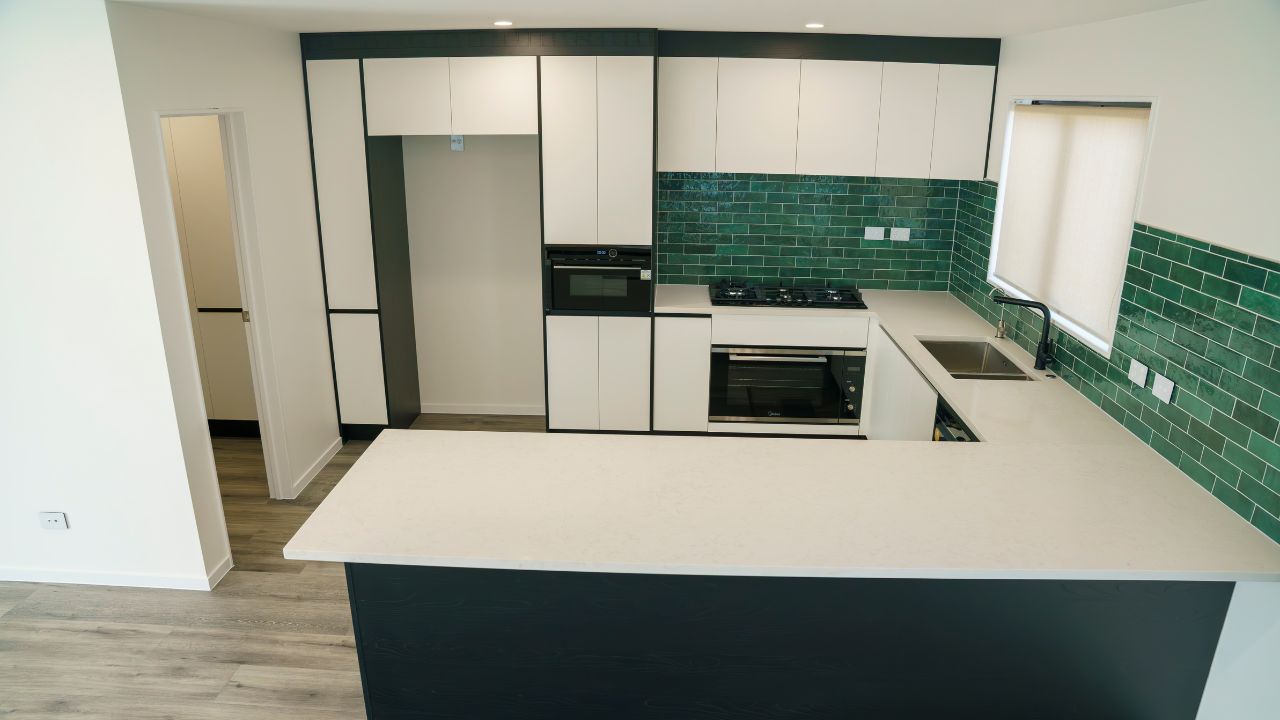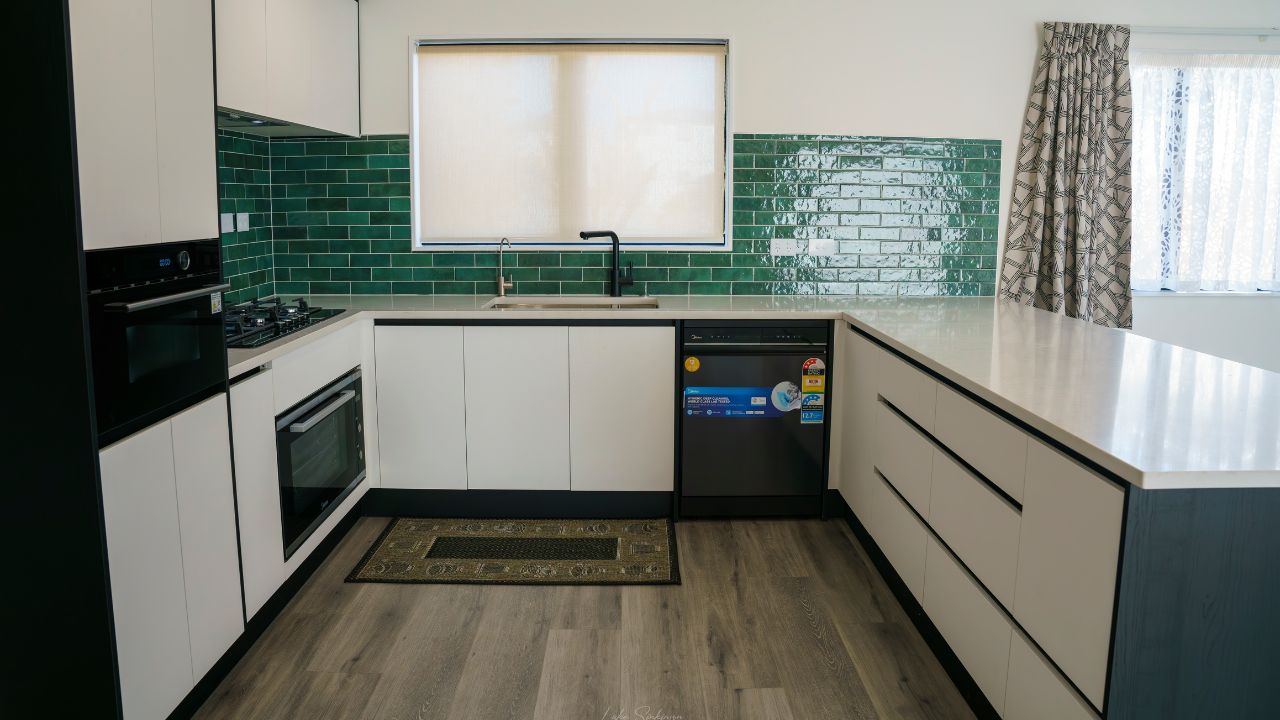One of the biggest challenges in any renovation is setting realistic expectations for how long the project will take. Without a clear understanding of typical timelines, homeowners can face unexpected delays and budget overruns. This post breaks down estimated timelines for common renovation projects and offers tips to plan effectively so your project runs smoothly.
1. Understanding the Phases of a Renovation Project
To build a realistic timeline, it’s essential to understand the stages each project typically goes through:
- Planning and Design: This stage includes creating designs, securing permits, and making material selections. Depending on the scope, this phase can last anywhere from 1 to 4 weeks for small projects and 1 to 3 months for more extensive renovations.
- Permitting and Approvals: Securing the necessary permits often takes 2 to 8 weeks. Some projects, especially those affecting structural elements, plumbing, or electrical systems, require permits, so consider these timelines before the actual construction begins.
- Construction: Once you have the green light, the actual construction phase begins. Timelines vary based on the project’s size and complexity, and this is where delays most commonly occur due to unforeseen issues.
- Final Inspections and Walkthroughs: After construction, a series of inspections may be required to ensure all work meets local codes. These final steps can take 1 to 2 weeks.
Understanding these stages helps homeowners set realistic expectations and avoid common planning pitfalls.

2. Typical Timelines for Common Renovation Projects
Let’s explore how long you can expect specific types of renovation projects to take, from small updates to full-scale remodels.
- Kitchen Renovation: 6 to 12 weeks
- Small Update (Cosmetic): For minor upgrades like repainting cabinets, replacing countertops, or installing a backsplash, expect 2 to 4 weeks.
- Full Remodel: A full kitchen remodel, including new cabinetry, flooring, and appliances, generally takes 6 to 12 weeks. For large kitchens, add a few extra weeks.
- Bathroom Remodel: 3 to 8 weeks
- Cosmetic Updates: Changing out fixtures, updating the vanity, and repainting can often be completed within 1 to 2 weeks.
- Full Remodel: Replacing plumbing, installing a new shower, or expanding the bathroom can take 3 to 8 weeks due to the complexity of coordinating trades like plumbers, electricians, and tilers.
- Living Room Updates: 1 to 3 weeks
- Cosmetic Updates: Adding new paint, fixtures, or built-ins typically takes around 1 to 2 weeks.
- Structural Changes: If you’re opening walls to create an open-concept space, the timeline can extend to 3 to 4 weeks to accommodate demolition, structural adjustments, and permits.
- Basement Finishing: 6 to 12 weeks
- Basement projects vary depending on existing conditions. Finishing a basement for extra living space generally requires 6 to 8 weeks for framing, drywall, flooring, and electrical.
- Adding bathrooms or kitchens in the basement may add another 4 to 6 weeks due to plumbing and electrical work.
- Whole-Home Renovation: 4 to 12 months
- Full renovations for older homes or large properties can take between 4 to 12 months or longer. It’s a significant time commitment, often requiring a move-out during construction, but this level of renovation typically yields a substantial increase in property value.
3. How to Plan Ahead for a Smooth Renovation
Planning is crucial to prevent unexpected delays. Here are some steps to create a well-organised renovation schedule:
- Create a Detailed Project Scope: Before contacting contractors, clearly outline what you want to accomplish. This includes knowing your budget, materials, and timeline goals.
- Build a Realistic Budget with Contingency: Even with careful planning, renovations can reveal unexpected issues. Set aside an extra 10-15% of your budget as a contingency fund to cover unforeseen costs or delays.
- Secure Permits Early: If your renovation requires permits, submit applications as early as possible. Permit wait times vary by region, but getting them early helps prevent setbacks.
- Select Materials Early: Delays often stem from material choices or shipping issues. By choosing materials, fixtures, and appliances well in advance, you can ensure they’re available when your contractor needs them.
- Stay Flexible with Your Timeline: With many variables at play, minor delays are common in renovation. Sticking to a rigid timeline can lead to frustration, so stay flexible and prioritize quality over speed.
4. Common Causes of Delays and How to Mitigate Them
Despite careful planning, some factors are beyond your control. Here are a few common reasons for delays and tips on mitigating their impact:
- Permit Delays: Permits may take longer than expected, especially during peak seasons. Work with contractors who are familiar with local codes, as they often have experience navigating the permitting process efficiently.
- Weather: For outdoor or structural projects, inclement weather can set construction back. Try to schedule weather-sensitive work, like roofing or painting, during milder seasons to avoid these delays.
- Material Shortages: Supply chain issues can lead to material delays, especially for custom or imported items. Have backup materials selected, and consider working with suppliers who have reliable stock availability.
- Unforeseen Structural Issues: Older homes can hide issues like outdated wiring or plumbing that need to be addressed before work continues. Build time into the schedule for inspections, which can identify issues before work begins.
- Contractor Scheduling Conflicts: Sometimes, delays occur when subcontractors are juggling multiple projects. Avoid this by choosing a reputable contractor with strong relationships with reliable trades and vendors.

5. Sample Timeline for a Mid-Size Renovation Project
For an example, here’s a rough timeline for a mid-size kitchen renovation involving layout changes, new appliances, cabinets, flooring, and light fixtures.
- Weeks 1-3: Planning, design, and material selection. Secure permits if needed.
- Weeks 4-5: Demolition and disposal. Any structural work, like removing walls, is completed in this phase.
- Weeks 6-7: Electrical and plumbing rough-ins. Inspections typically occur at this stage.
- Weeks 8-9: Cabinetry and countertops are installed.
- Weeks 10-11: Flooring installation and finishing touches, such as painting, backsplash, and lighting.
- Week 12: Final inspections, walkthrough, and clean-up.
This gives a 12-week timeline but includes buffer time for inspections and possible delays, helping ensure a smooth completion.
6. Preparing for Living with a Renovation
Living through a renovation, especially a major one, can be challenging. Here’s how to prepare:
- Create a Temporary Space: If the kitchen or bathroom will be out of commission, set up temporary areas for cooking, washing, or working.
- Consider Alternative Accommodations: If you’re renovating multiple rooms or your home’s only bathroom, consider staying elsewhere, like with family or in temporary housing.
- Establish Clear Communication: Daily check-ins with your contractor help keep you updated and ensure any issues are promptly addressed.
Final Thoughts
A successful renovation requires more than just a vision; it requires a realistic timeline and careful planning. Understanding the typical length of various projects and following best practices to prevent delays can keep your renovation on track and within budget. With patience, preparation, and flexibility, you’ll soon be able to enjoy the beautifully renovated space you’ve been envisioning!
